
“No Pain, No Gain,” but never ignore an injury.
Always interrupt your training if you feel any kind of pain in your joints or any other part of your body. By giving proper attention to an injury from the early stages, usually leads to a quick and easy recovery. However, an injury doesn’t always mean you have to completely stop physical exercise. In most cases, you can maintain a training routine during the recovery period, but it may be necessary to modify the complexity of the exercises. It is recommended to plan your movement following the rules and steps indicated below, generally for injuries and specifically for muscle strains. It is essential to listen to your body and never ignore pain.
General Rules
The following recommendations are general guidelines on how to prevent and address injuries.
Rule 1 – Always be vigilant and train in a way that prevents injuries.
Focus on flexibility. Perform a warm-up session before starting the actual training. Intense training is good, but without proper warm-up, it can lead to disaster.
Build muscle balance and train the whole body.
Imbalances between muscle groups can cause injuries. A balanced workout that targets and strengthens all major muscle groups reduces the risk of muscle imbalances that can lead to injuries.
Avoid overtraining and pay attention to proper body posture.
When you are tired, the chances of getting injured increase. Planning rest days according to the type of training you choose is as important as planning the training itself.
Never train at such high intensity that you are unable to maintain proper posture for each exercise.
Fatigue during training can lead to improper body form while performing exercises and, therefore, to injury.
Do not train when your body is weakened.
Do not exercise but rest when you have a fever, chills, persistent cough, nausea or vomiting, muscle aches, or similar symptoms. In the case of mild symptoms like sneezing or a stuffy nose, you can maintain your training routine.

Rule 2 – Yellow Light. Most people ignore warning signs.
Never ignore these “yellow lights.” Any kind of joint pain, pain in a specific body part, tenderness to touch, swelling, numbness, or tingling. If you notice any of these symptoms, stop the activity and consult a doctor.
Rule 3 – Don’t delay making an appointment with a doctor and start recovery.
Depending on the severity of the injury, you can often start your own recovery. Typically (for example, for a muscle strain), this means rest, ice, compression, and elevation of the affected area. Rest – take a break from training for a period. Ice – apply an ice pack to the affected area for 15 or 20 minutes every two hours. Compression – wrap the affected area to reduce inflammation. Elevate the affected limb.
Rule 4 – Consult a doctor for diagnosis and treatment.
Consult a doctor for diagnosis and treatment as soon as possible. Ask your doctor if and how you can continue exercising despite the injuries. For example, if you have an elbow injury, it does not mean you cannot continue with cardio training or lower body anaerobic training. The goal is to recover while maintaining physical endurance. Typically, your doctor or a physical therapist can suggest specific recovery exercises. In any case, always follow the doctor’s instructions and perform the recommended physical therapy and exercises. If you follow the doctor’s instructions as you would with training, the recovery process will be faster and more complete.
Rule 5 – Sometimes pain leads to positive results. It is important to differentiate between typical pain from intense training, muscle soreness when starting a new activity, and injury.
What is a muscle strain?
One of the most common injuries is muscle strain
A muscle strain is a muscle or tendon injury in which muscle fibers tear or rupture due to overuse. Muscle strains are categorized into three grades. Grade 1 strain occurs when some muscle fibers are stretched and damaged, usually healing within a week. Grade 3 strain refers to a complete muscle tear, where the muscle can be separated from the bone or tendon, requiring surgery to reattach the muscle and months of recovery. Any symptom, in terms of intensity, between the presented symptoms is specific to a grade 2 muscle strain. If not properly treated, minor strains can lead to more severe injuries. Moreover, if you have a severe muscle strain and you do not seek immediate medical attention or treatment from a physical therapist, it may be too late.
How do you know if the pain associated with exercise is not a muscle strain?
Beware of these symptoms: sharp, intense, localized pain that feels wrong. Touching the area will cause pain, you feel a knot in the muscle, and you may experience muscle spasms or warmth in the area. Muscle strains typically affect tendons, flexor muscles, hips, lower back, and neck.
What should you do?
If you experience these symptoms, rest, elevate the affected limb, apply local compresses, and use ice on the strained muscle. Consult a doctor as soon as possible, and do not wait more than two weeks, especially if you notice any bruising, indicating severe muscle tearing with internal bleeding. Follow any instructions given by the doctor or physical therapist. It is preferable to seek the services of a doctor specializing in sports injuries. Be cautious with painkillers, as they can mask the injury or prevent the healing process.
Should you move after a muscle strain?
If your doctor advises you to rest, do so because stretching a muscle can exacerbate the injury, delay healing, or cause permanent damage. In any case, you should avoid training the affected area/muscle for a few days or as long as recommended by the doctor, as otherwise, it could create further harm. This resting period can last from a few days to several months, depending on the severity of the muscle strain.
Once the severe pain has subsided after the recommended rest period, avoid stretching sessions and start strengthening the muscle by following the exercise routine agreed upon with your doctor or
physical therapist. Consult a personal trainer to help you implement and follow the recommended recovery plan. If you can isolate the injured muscle safely, and your doctor confirms it, continue exercising other muscle groups. Again, consult the gym instructor to adjust/supervise your training.
In any case, after a muscle strain or any other sports injury, try to continue an appropriate exercise routine based on the situation. Do not get discouraged and do not let a muscle strain interrupt your training for a longer period than necessary for recovery.
Otherwise, all the effort and work you put in prior to the injury will be in vain, and you will lose many of the health benefits provided by regular physical exercise.
Maria Bendris
Ambiţia depaşirii limitelor trupului şi ale spiritului prin exerciţiu fizic şi autoexigenţa au îndreptat-o pe Maria Bendriş spre sport înca de la varsta de 14 ani, continua determinare purtând-o dupa mai bine de un deceniu dedicat mişcarii şi disciplinei spre câştigarea Campionatului Naţional 2012 secţiunea Bodyfitness la categoria 1.63. Întâia recunoaştere a Mariei ca sportiv de performanţa a venit în 2008, anul afilierii sale la Clubul Sportiv Farul, prin ocuparea locului IV la aceeaşi categorie în cadrul Campionatului Naţional de Culturism, Fitness, Bodyfitness, Bikini, Bodybuilding Clasic. Respectul pentru sanatate si dorinţa unei întelegeri profunde a corpului uman au determinat-o sa urmeze Facultatea de Educaţie Fizica şi Sport în cadrul Universitaţii Ecologice din Bucureşti, specializare completata de absolvirea Facultaţii de Kinetoterapie din cadrul Universitaţii Spiru Haret. Convingerea în puterea mentoratului, perfectata doar în interiorul unei echipe unite de excelenţa, etica şi pasiune pentru om şi sport, a calauzit-o pe Maria spre continuarea pregatirii prin studii masterale în Managementul Activitaţilor de Educaţie Fizica şi Sport din cadrul Universitaţii Ecologice din Bucureşti. Pasionata de nutritie si suplimentatie (suplimente sportive) si-a însusit informatiile necesare în Polonia în paralel urmând cursul de personal trainer. Drumul înspre desavârşirea ca sportiv, precum şi experienţa sa de peste şapte ani în coordonarea cursanţilor prin antrenamente şi programe de nutriţie concentrate, au recomandat-o pe Maria spre dedicarea în publicaţii de specialitate a unei serii de materiale editoriale având ca tematica exerciţiile fizice şi nutriţia.
Recent Posts
Related Articles
CrossFit exercises practiced outdoors or at home
Concentration and discipline are indispensable for succeeding in any training program, regardless...
July 27, 2023Health guide for “ageless” women
Discover the Benefits of Physical Exercise and the Best Types of Training...
July 27, 2023Home-Based Pregnancy Workout in Comfort
The Benefits of Prenatal Home Workout The way we interact with people...
July 10, 2023Supplementation with Vitamins and Minerals
Essential nutrients for the body The macronutrients and micronutrients are essential for...
July 10, 2023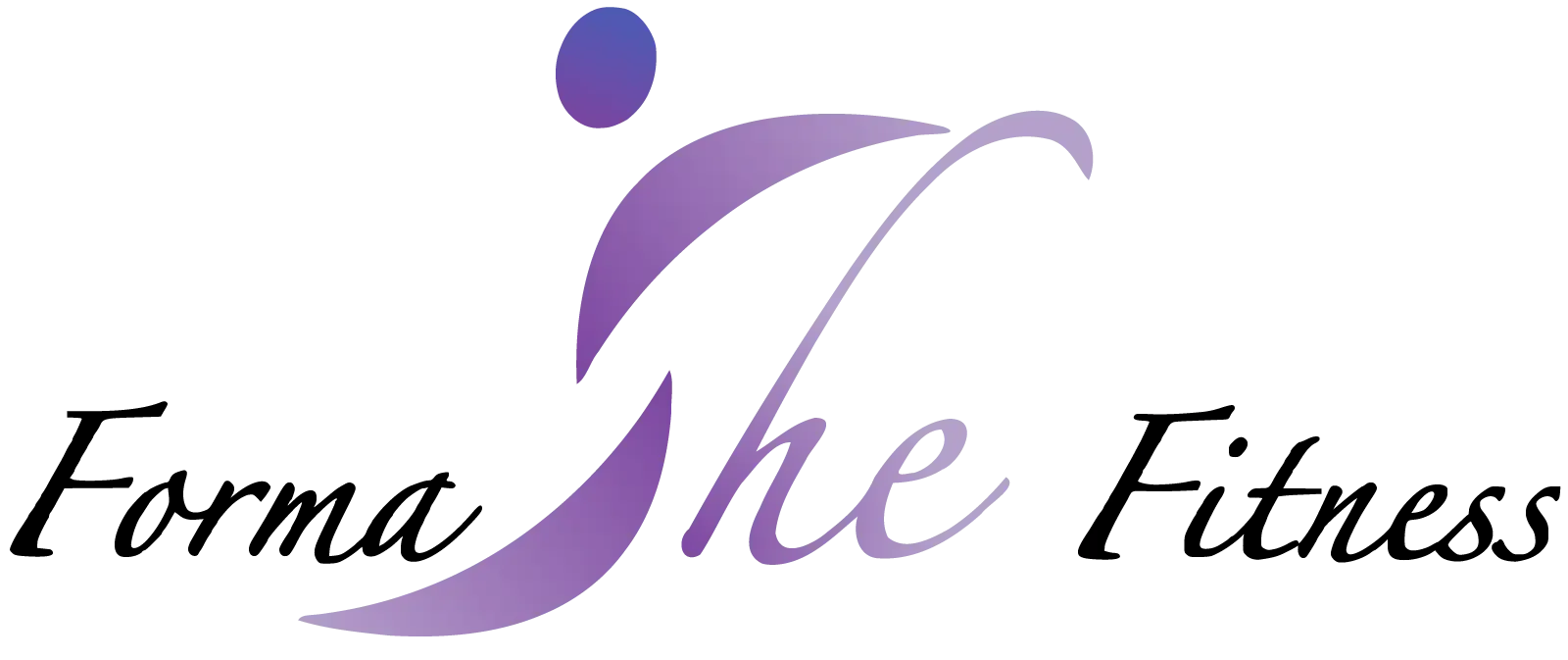


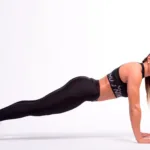











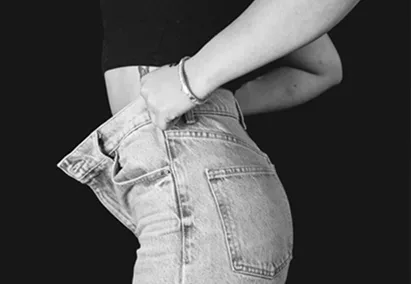




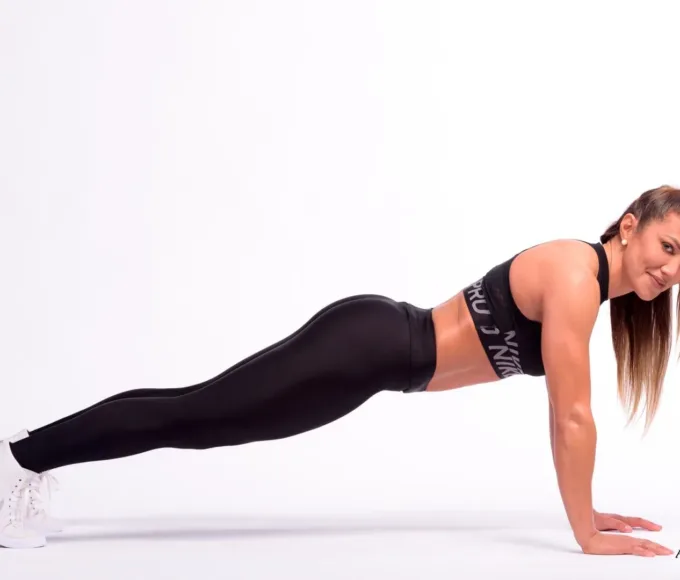



Leave a comment